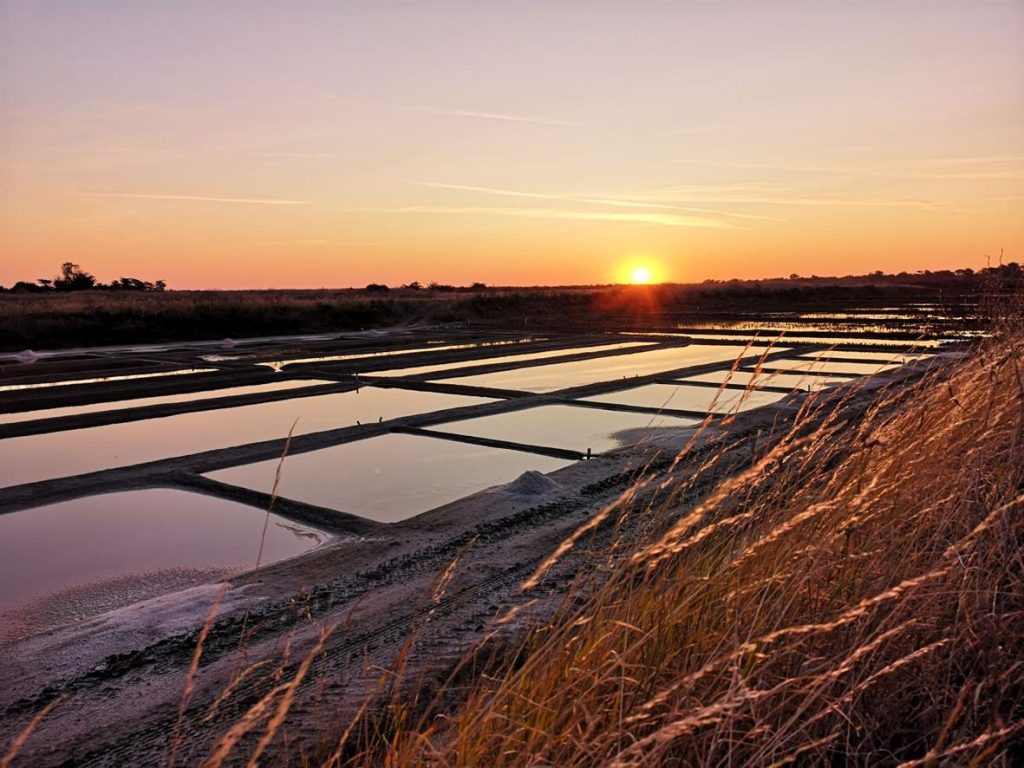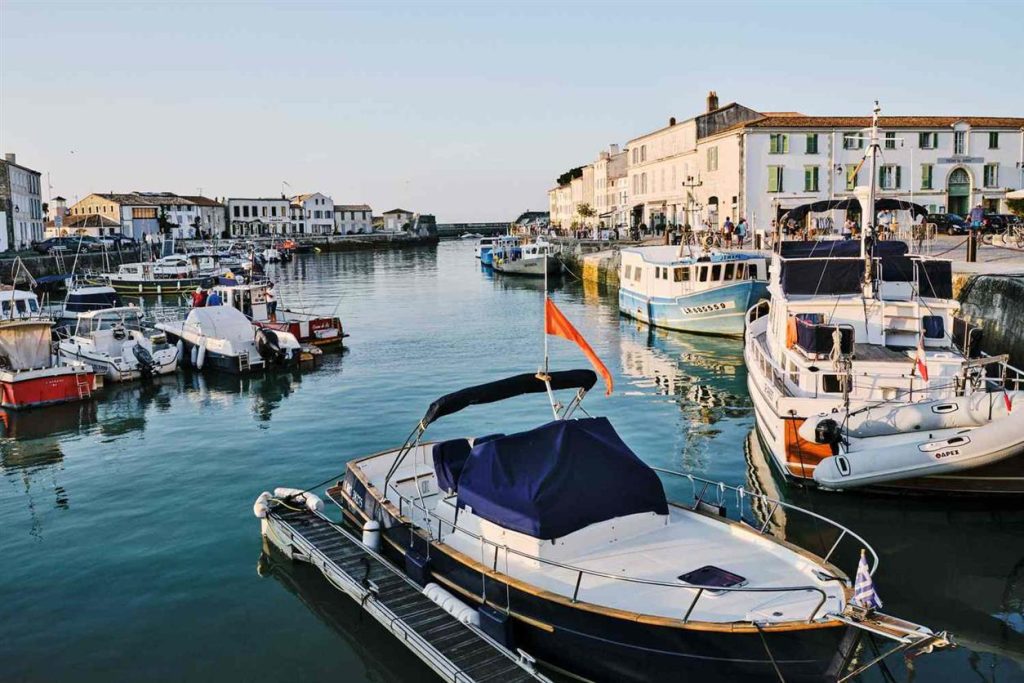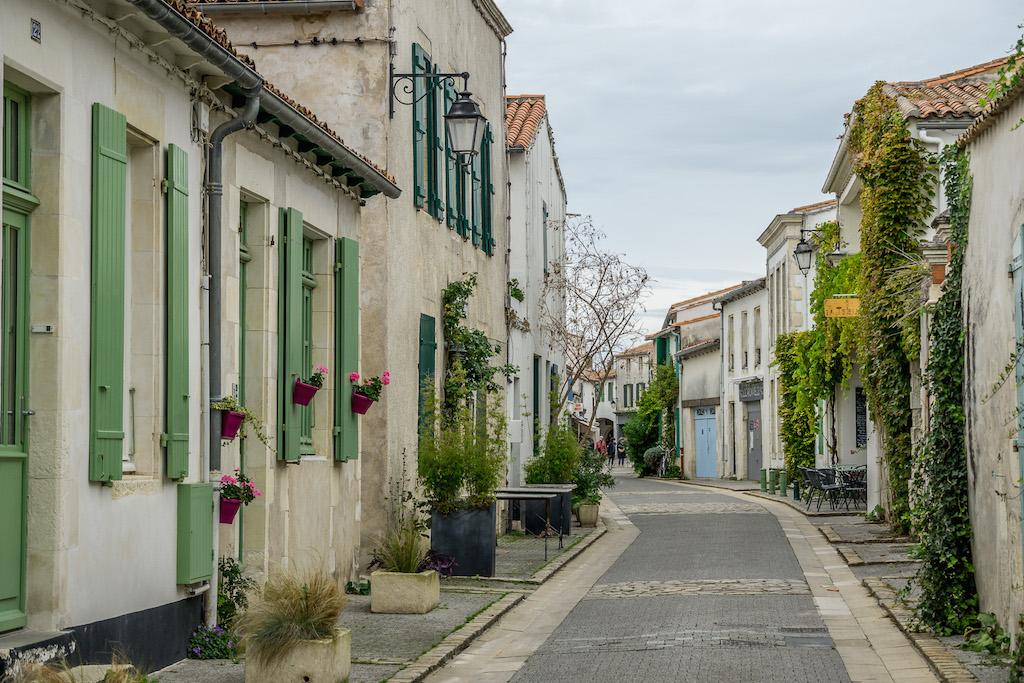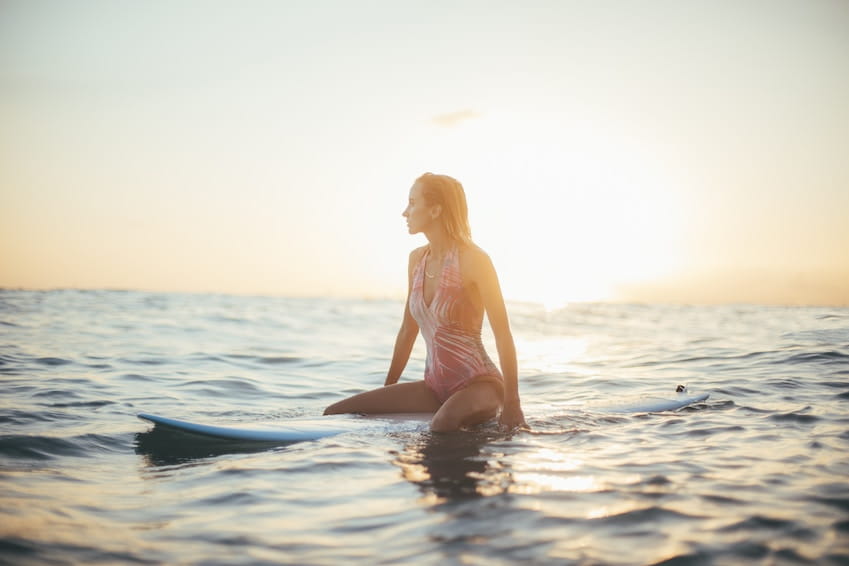Island of Re: Surf, sand, and sun
A VISIT TO ILE DE RÉ
The island of Ile de Ré, which is just 85 square kilometers in size and little larger than Manhattan, is easily accessible by plane to La Rochelle or by rail from any major city in France or Europe. I opted for the latter because it would be less hectic and give me a better chance of photographing some lovely countryside scenery.
Most summer visitors come to the island to bask in the sun on its beaches, but they’d be missing out if they didn’t venture inland.
From the fortified city of Saint-Martin de Ré and the salt marshes of Loix to the quiet towns and breathtaking beaches, this island has it all.
There is so much to do and see on this island off the coast of France at La Rochelle that it may win over the heart of any sports fan who has suffered through a dreary winter.

MONKS AND WINEMAKERS IN ILE DE RÉ
Visualize the island’s 2600 annual hours of sunshine compared to Paris’s 1662 to get a feel for the island’s unique charm.
This island off the coast of France has a mild temperature from March through October, making it the second sunniest place in France (behind Corsica).
The first vines were cultivated on the island by the Cisterian Monks who had lived there in the Middle Ages and constructed the Abbaye des Chateliers.
It was a foresightful move to realize that the island’s 650 hectares of vineyards would thrive in the island’s excellent environment and sandy soil.
The region now also produces cognac and the aperitif liquor pineau des Charentes, which is made by blending white wine and cognac. Still, this peaceful and beautiful place hasn’t relied on the booming wine and alcohol industries for its economic success.
The island’s coveted “Fleur the sel” (hand-harvested sea salt) is still made the same way it has been since the 13th century: by evaporating seawater in open pans.
The salt workers on Ile de Ré harvest the salt by raking the cleanest, whitest layer off the top, resulting in what is often regarded as the world’s finest salt.

EXPLORING THE VILLAGE OF LOIX-EN-RÉ
The salt marshes are most evident on the approach to the tiny town of Loix-en-Ré, where the last of six tide mills may be found among the salt pans. With the help of the water’s flow, the mills were utilized to purify the salt.
An incredible variety of protected animals and flora thrives in the stunning landscapes that are trapped between the ocean and the salt flats.

SURFING IN ILE DE RÉ
However, I haven’t made the trip to Ile de Ré in order to splurge on great local seafood and oysters, see beautiful birds, or indulge in the fine wine that is so popular there.
What are my top priorities? The outdoors, working out, and surfing. Ile de Ré, which is technically no longer an island because a 3-kilometer bridge connected it to the nearby city of La Rochelle in 1988, attracts me because of its stunning blue waters and plenty of water-based activities.
You can surf to your heart’s content on Ile de Ré, or try out kite-surfing, wind-surfing, or the newest craze, stand-up paddle surfing.
Ile de Ré is perfectly situated to receive waves from the open Atlantic because its southern coast faces west.
Most of the greatest places to go surfing are in the south, specifically at Rivedoux, Les Grenettes in Sainte-Marie-de-Ré, Gouillaud in Le Bois-Plage-en-Ré, La Pergola in La Couarde-sur-Mer, and Grignon in Ars-en-Ré.
The greatest places to go are La Conche des Baleines, Le Lizay, Le petit Bec in Les Portes-en-Ré, and Diamond Head in Saint-Clément-des-Baleines, all on the island’s northern coast.
You can either rely on the many professional surfing schools on the island, or you can inquire around and see where the local surfers go.

Given this, a trip to Ile de Ré in the springtime seems like a no-brainer for anyone looking to get a rush and soak up some rays in Europe. From La Rochelle, you may board a bus that crosses the beautiful sea bridge in about 20 minutes and doesn’t break the bank.
Ile de Ré is perfect for cycling because it is quite flat and has over a hundred kilometers of bike lanes through beautiful scenery.
Among the island’s many ‘active holiday’ adventures are rumored to be world-class surfing. I used to be able to get my wetsuit wet in the spring every year, but since moving to Paris, those opportunities have diminished drastically.
Just three hours and fifteen minutes from Paris, I discovered a surfer’s paradise and a welcoming local surfing community. A region where powerful winds frequently blow.




